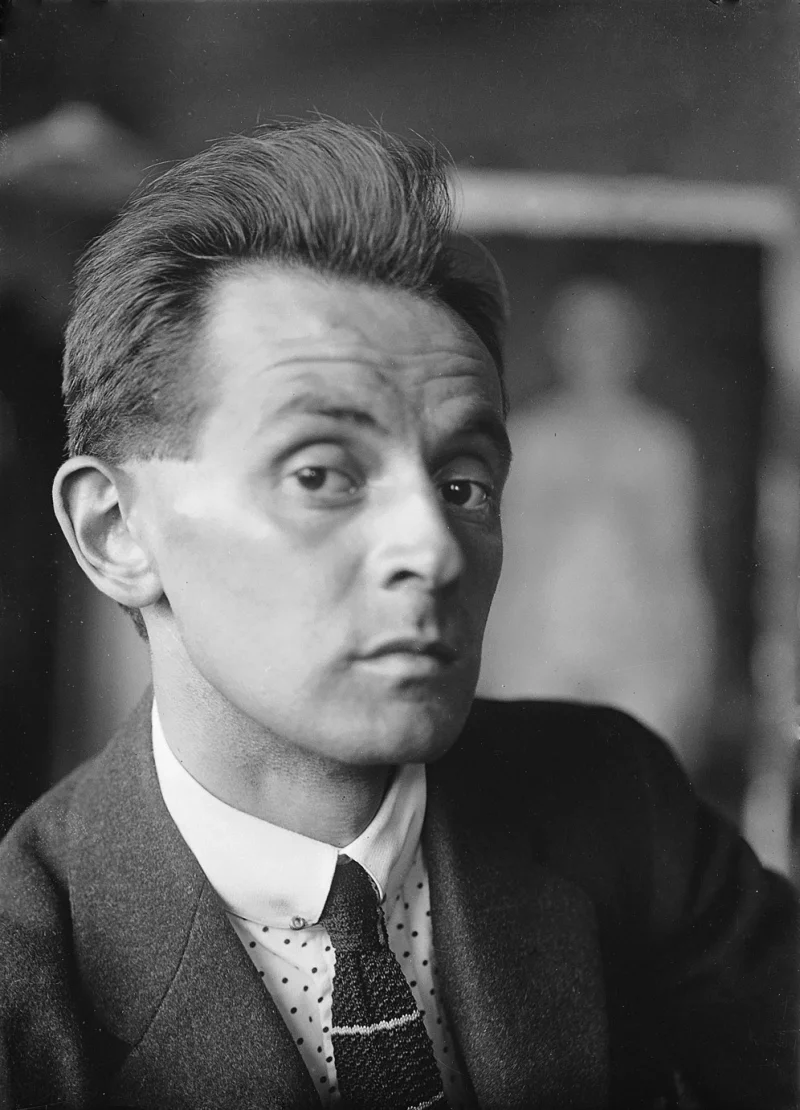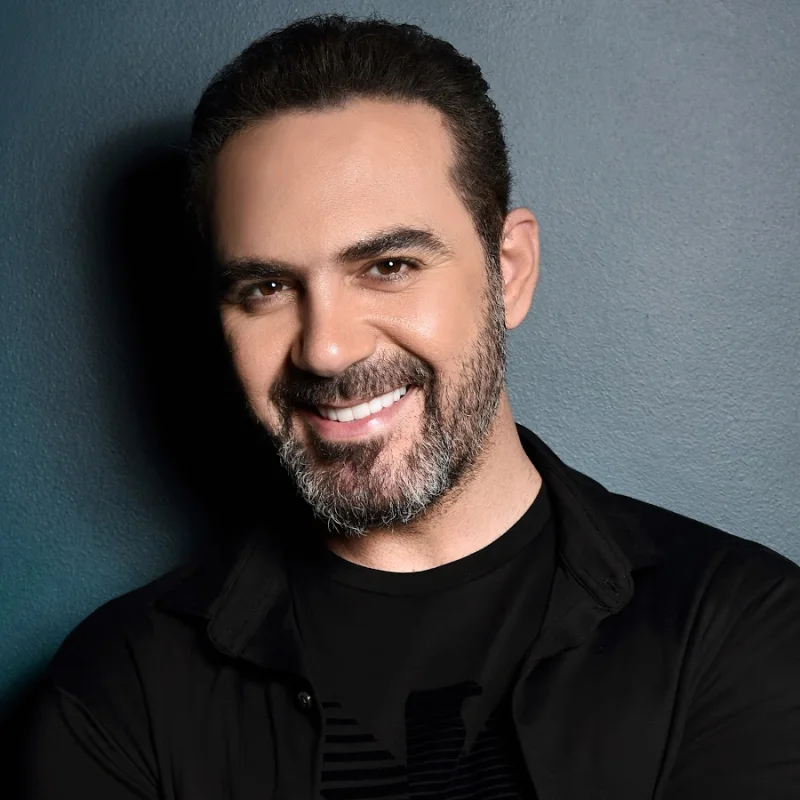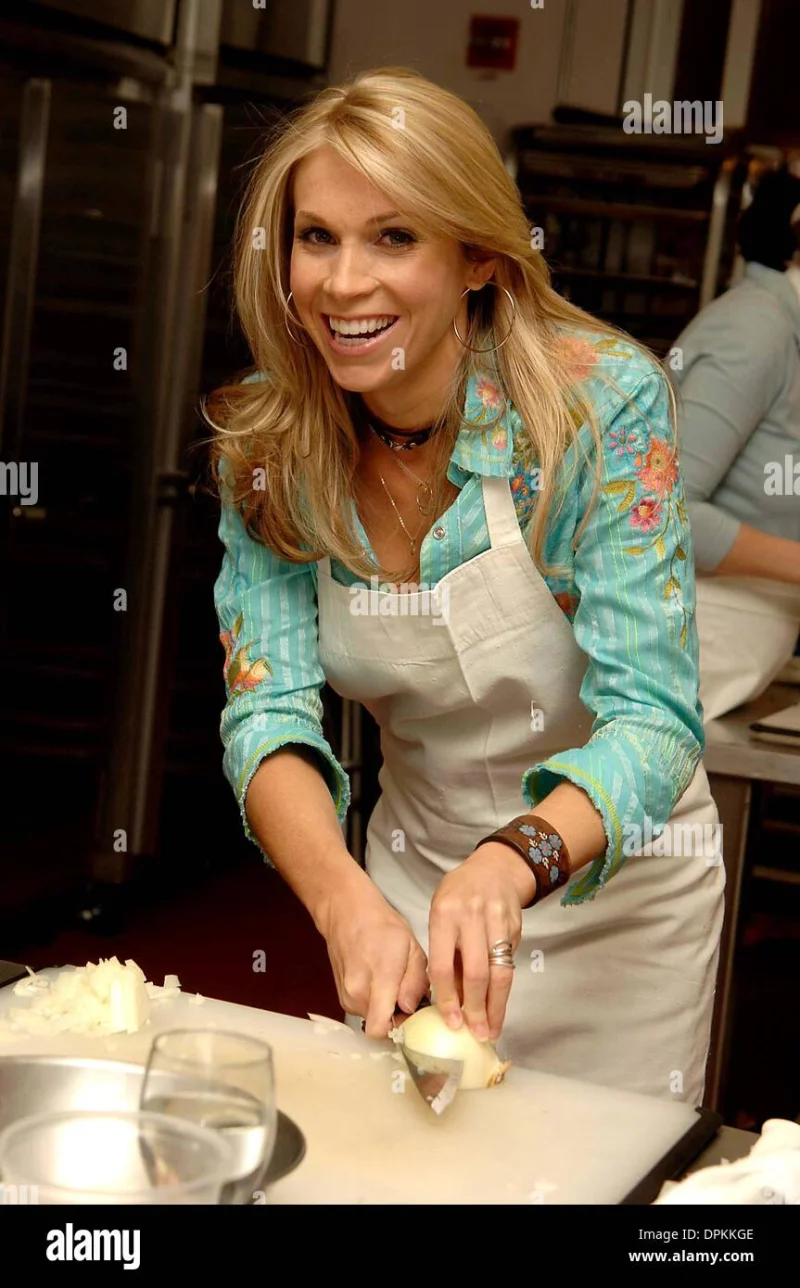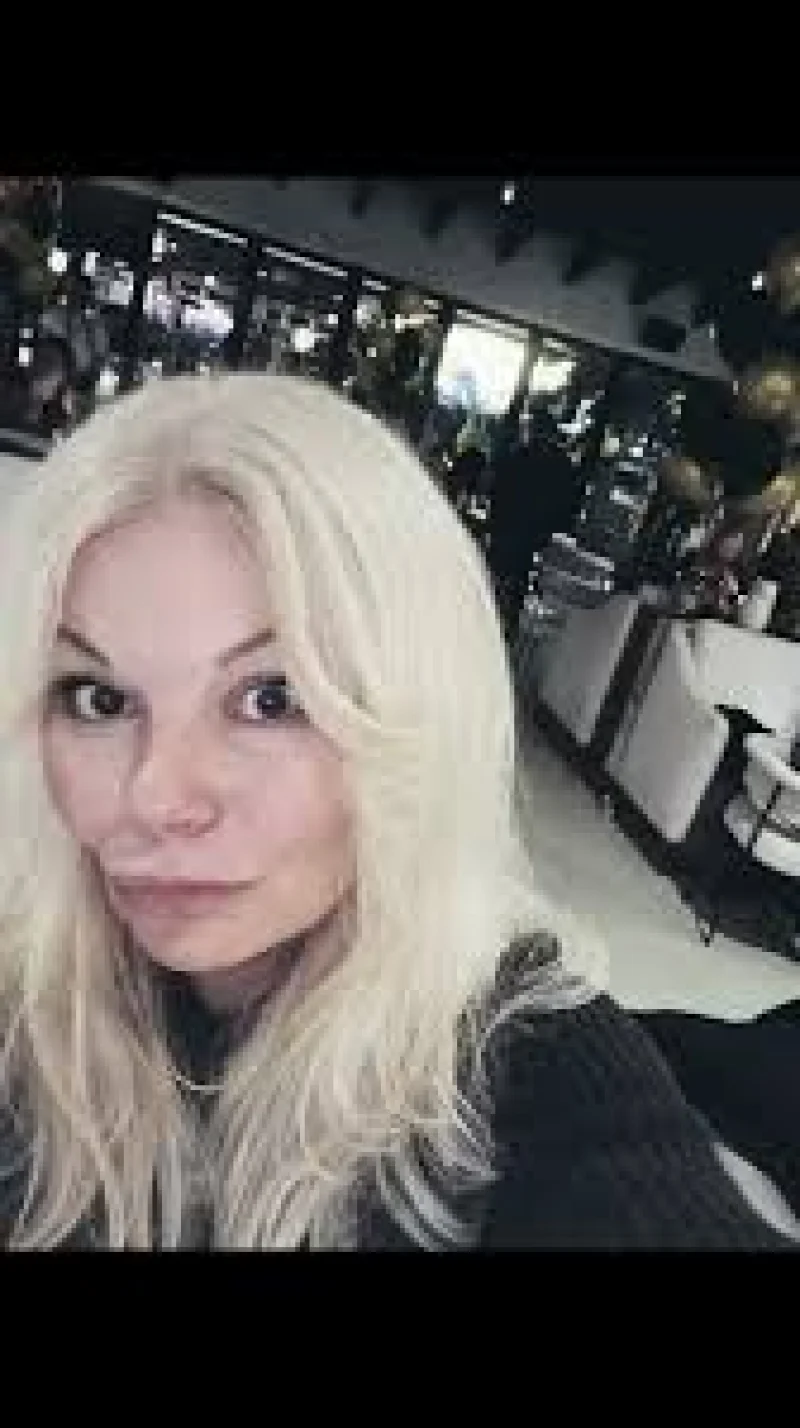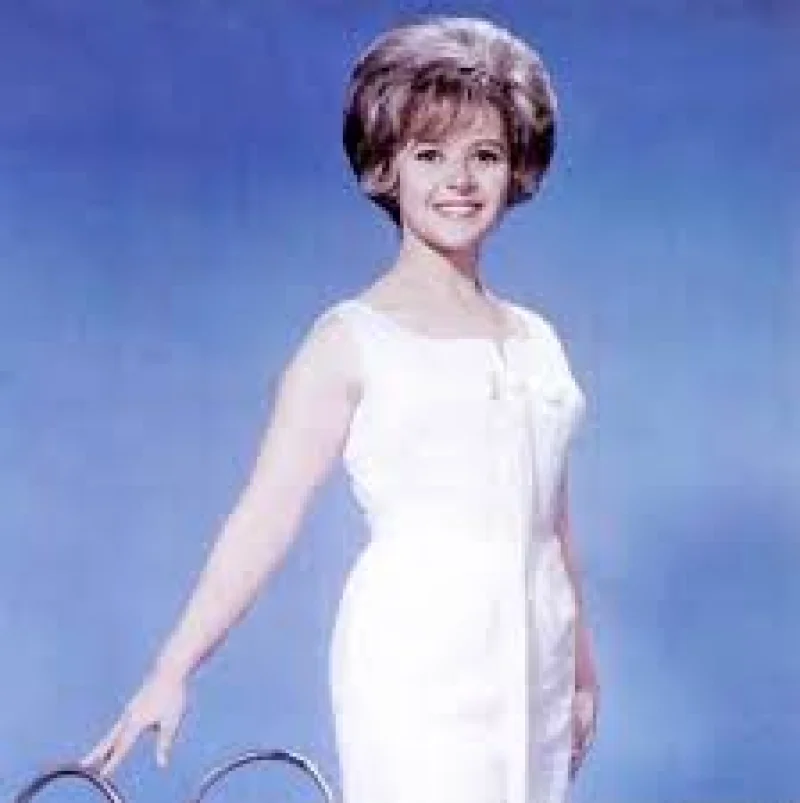Short Summary
Egon Schiele was an Austrian painter renowned for his intense and often provocative artworks, which include portraits and nudes marked by their raw emotional power and distinctive style. A key figure in early 20th-century art, he was associated with the Expressionist movement. Despite his brief career, cut short by his untimely death at age 28, Schiele left a lasting influence on modern art through his groundbreaking exploration of human form and emotion.
Early Life & Education
Born on June 12, 1890, in Tulln an der Donau, Austria, Egon Schiele was the son of a railway station master. Demonstrating an early flair for drawing, he defied his father's wishes for a conventional career by pursuing art. In 1906, he enrolled at the Academy of Fine Arts in Vienna, where he initially faced criticism for his unconventional style. However, he soon found mentorship under Gustav Klimt, who greatly influenced his artistic development. Schiele's early exposure to the Vienna Secession movement and his interactions with avant-garde artists shaped his unique approach to art.
Career Highlights
Schiele's career was marked by a rapid evolution of style and subject matter. By 1909, he had left the Academy to establish the Neukunstgruppe (New Art Group) with fellow students, seeking to break away from academic constraints. His work during this period was characterized by a focus on the human form, often infused with erotic and psychological elements. Despite facing legal challenges for the explicit nature of his art, Schiele continued to exhibit extensively, gaining recognition in Austria and Germany. Notable exhibitions included the 1918 Vienna Secession, which solidified his status as a leading modernist artist.
Major Achievements
- Developed a distinctive style characterized by bold lines and expressive figures, influencing Expressionism.
- Exhibited at the Vienna Secession in 1918, marking his success and acceptance in the art world.
- Mentored by Gustav Klimt, which helped refine his artistic vision and career trajectory.
- Produced a prolific body of work despite a brief career, leaving a significant impact on modern art.
Famous Quotes
- "I must see new things and investigate them. I want to taste dark water and see crackling trees and wild winds."
- "Art cannot be modern. Art is primordially eternal."
Interesting Facts
- Schiele was imprisoned in 1912 for exhibiting "immoral" artworks, highlighting the controversial nature of his work.
- He married Edith Harms in 1915, whose influence is evident in many of his later works.
- Despite his short life, Schiele produced over 3,000 drawings and paintings, showcasing his prolific creativity.
- His death in 1918, from the Spanish flu pandemic, came just three days after his wife, Edith, died from the same illness.
Legacy / Influence
Egon Schiele's exploration of human emotion and the human body has left an indelible mark on modern art. His bold, expressive style broke away from traditional aesthetics, paving the way for future generations of artists to explore similar themes. His work continues to inspire contemporary artists, and his influence is evident in the evolution of Expressionism and figurative art.
FAQ
Q: Why is Egon Schiele famous?
A: He is famous for his provocative and emotionally intense artworks that have significantly influenced modern art.
Q: What movement was he associated with?
A: Schiele was associated with the Expressionist movement.
Q: How did Egon Schiele die?
A: He died of the Spanish flu in 1918, shortly after his wife passed away from the same illness.
